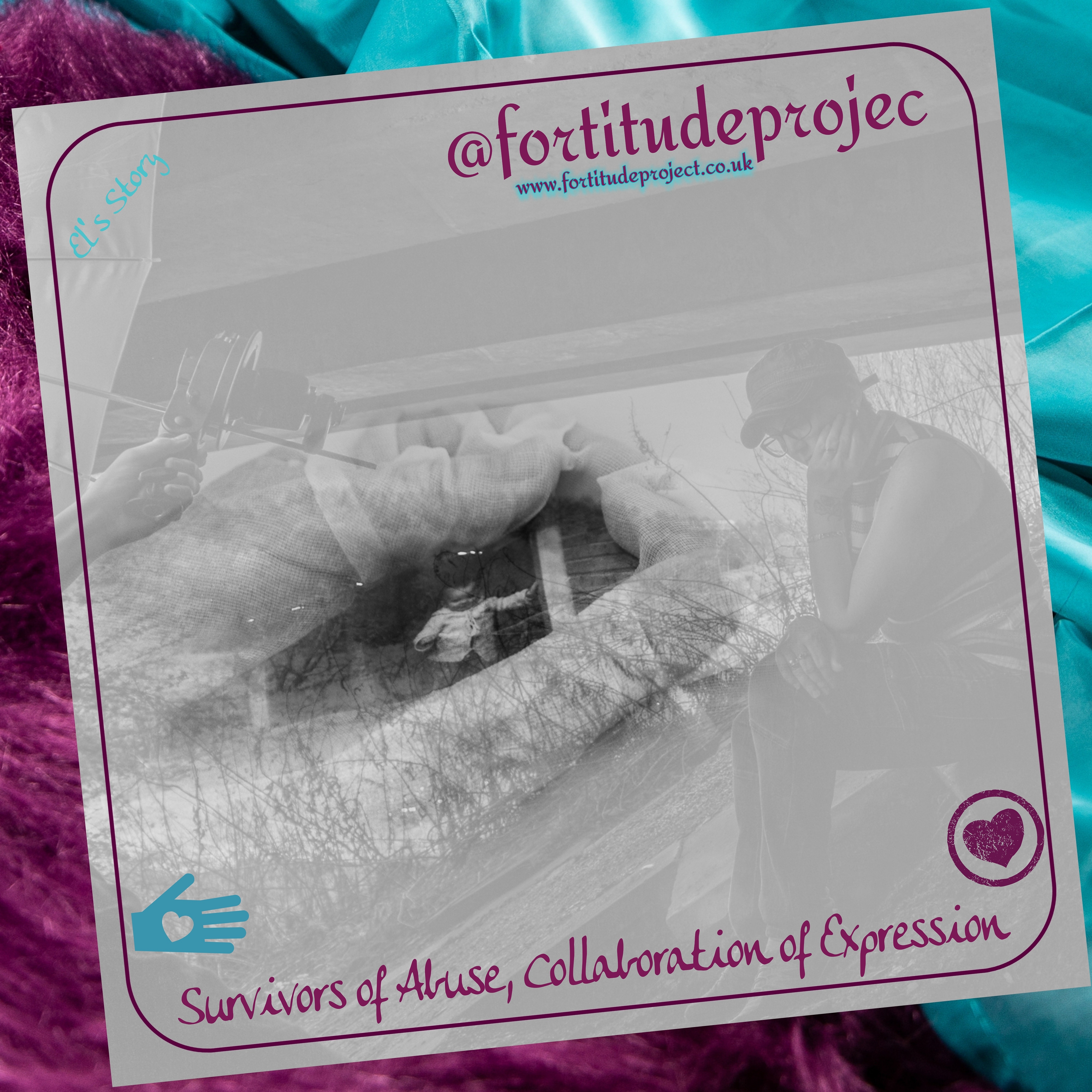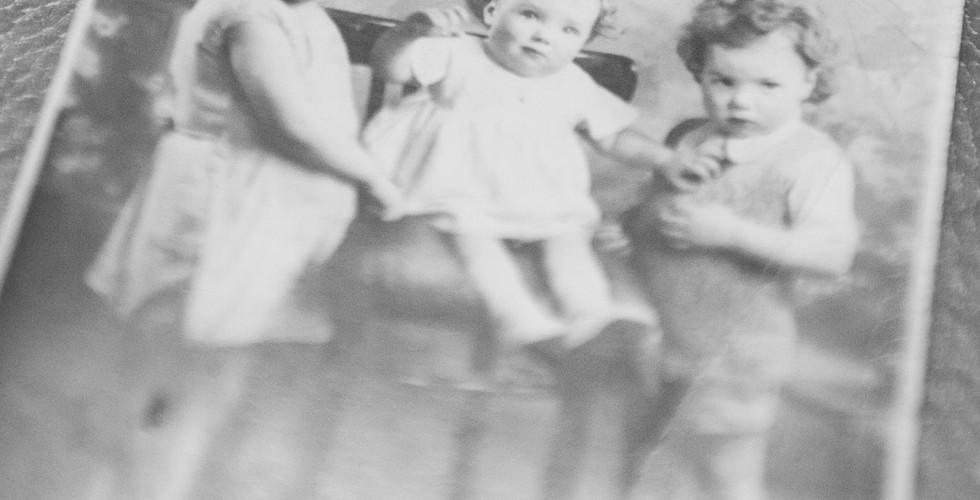Family Legacy ~ Canterbury Cathedral
- El Amethyst

- Apr 15, 2018
- 3 min read
Updated: Nov 11, 2022

My favourite past-time with my Nanna as an adult, is to sit and hear stories about her life often aided with her amazing collection of old Photos she collected through the years. I've happily spent hours passing the time with her like this, there are no words to describe these beautiful moments with my Nanna. She often proudly told us of the MBE our Great-Grandad got during WW2.
My latest trip down South to spend time with my Family, my Cousin asked if I would like to take a Photography trip to Cathedral our Grandad Roper played a part in saving during the war. I immediately jumped at the opportunity, Ive always had a fascination with our family roots and history, to make this history become a solid visual memory in my own life was something I couldn't refuse!
My Great-Grandad Reginald Edwin Arthur Roper worked with the Fire Service in Canterbury during the time of the WW2 Raids on Canterbury.
"On June 1, 1942, bombs rained down on Canterbury in a deadly act of revenge orchestrated by Hitler.
Two days earlier the RAF, under Air Marshal
Sir Arthur Harris, had destroyed 85% of Cologne following an intensive bombing campaign of German cities in the first six months of 1942, and Adolf Hitler was out for revenge.This escalation, on the part of Germany, included the widening of targets from purely military and logistical objectives to those with significant cultural and historical importance. Canterbury – along with other cities including Exeter, York, Bath and Norwich – was in the sights of Hitler, who hoped to avenge the raids on Germany by attacking civilian morale in Britain through these cultural targets.As a basis for selection, the 1937 Baedeker guide for German tourists was used by the Luftwaffe to pick out the cities which most embodied British cultural history, hence the title given to the raids.As a result of the bombing of Canterbury on June 1, 43 people lost their lives and almost 100 were wounded.The physical damage to the city included 800 buildings destroyed, with 1,000 seriously damaged and a further 5,000 less so. Thanks to the efforts of the emergency services and the many civilian volunteers in tackling the vast number of incendiaries dropped, damage to the cathedral was restricted to the loss of the library.After the shock of the raid the people of Canterbury stood defiant alongside the surviving, symbolic structure of the cathedral, demonstrating that Hitler’s attempt to break civilian morale in the city was futile.The combination of the new RAF offensive and the revenge bombing undertaken by the Luftwaffe represented a deliberate attempt to win the war by undermining civilian morale, bringing home to both populations the true meaning of total war.In this sense, the Canterbury raid signified the life and death struggle that enveloped Europe in the Second World War, the involvement of civilians and the pursuit of victory at any cost. The survival of Canterbury Cathedral while fire raged across the city during the Baedeker raid was largely down to a small band of brave men."
quoted from local online article linked below..
The Cathedral was the target of the Raids, the night before flares were dropped to mark the site to bomb but a strong wind blew them, so the bombers missed but not by much, there were close calls.
My Nanna told us that Grandad Roper came up with the idea to create a fire trap by destroying the houses around the Cathedral to prevent the fires from the Raids spreading to the Cathedral and destroying it.

When I arrived in Canterbury I wasn't disappointed! What a Beautiful Proud Historic town!
We enjoyed every moment of Photographing the Cathedral and even my 6 year old daughter using my Phone took part. Below are some of her Snaps of us..
When we had finished walking around it was almost closing time, we looked about the gift shop in the Cathedral and spoke to the lady tending the til asking if there was anywhere that mentions the firefighters and explained our family history. She was excited to hear about our family connection to that historic day and informed us of the commemorative plaque on the floor of a part of the Cathedral we had missed in our exploration. We had to find it and Photograph it, so we spoke to one of the Priest who where standing awaiting the public to leave, we explained about our great-Granddads involvement and that we would love to get a photo of the plaque before we left, he too was excited and interested to hear our family connection and took us to the Plaque and left us to take our Photographs.





























































































Comments